Circuit Description
The coolant level sensor is a switch and is used to measure the level of the engine coolant in the radiator top tank. The coolant level sensor is immersed in the coolant and returns a different signal voltage when immersed in coolant versus being out of coolant. The engine control module (ECM) monitors the change in the signal voltage to determine the level of the engine coolant.
Component Location
The engine coolant level sensor is typically located in the radiator top tank or surge tank. Refer to the OEM service manual for the location.
Conditions for Running the Diagnostics
This diagnostic runs continuously when the keyswitch is in the ON position or when the engine is running.
Conditions for Setting the Fault Codes
The Engine Control Module (ECM) detected the coolant level sensor signal voltage is between 1.75 VDC and 3 VDC for more than 30 seconds, indicating low coolant level.
Action Taken When the Fault Code is Active
The ECM flashes the amber CHECK ENGINE lamp, indicating a maintenance condition, immediately after the diagnostic runs and fails.
Conditions for Clearing the Fault Code
To validate the repair, perform a key cycle, start the engine and let it idle for 1 minute.
The fault code status displayed by INSITE™ electronic service tool will change to INACTIVE immediately after the diagnostic runs and passes.
The ECM will turn off the flashing amber CHECK ENGINE lamp / MAINTENANCE lamp immediately after the diagnostic runs and passes.
The Reset All Faults command in INSITE™ electronic service tool can be used to clear active and inactive faults, as well as extinguish the MIL for OBD applications.
Shop Talk
This fault code goes active when the coolant level inside the radiator top tank or surge tank drops below the sensor level. Fill the top tank with coolant.
Reference the appropriate OEM wiring diagram when troubleshooting circuits that utilize wiring supplied by the OEM.
Possible Cause:
1) ECM calibration


 AGCO
AGCO ALLISON
ALLISON BENDIX
BENDIX BOBCAT
BOBCAT CAT
CAT CLAAS
CLAAS CNH
CNH DAF
DAF DETROIT
DETROIT EATON
EATON FREIGHTLINER
FREIGHTLINER HINO
HINO HITACHI
HITACHI ISUZU
ISUZU JCB
JCB JOHN DEERE
JOHN DEERE JPRO
JPRO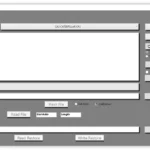 MAGIC TUNER
MAGIC TUNER MAN
MAN Navistar
Navistar PACCAR
PACCAR PERKINS
PERKINS PF DIAGNOSE
PF DIAGNOSE PSI POWERLINK
PSI POWERLINK RENAULT
RENAULT SCANIA
SCANIA THERMO KING
THERMO KING UD NISSAN
UD NISSAN VOLVO
VOLVO WABCO
WABCO ZF TESTMAN
ZF TESTMAN
 BELL
BELL BENDIX
BENDIX BOBCAT
BOBCAT CARRIE
CARRIE DAF
DAF DETROIT
DETROIT EATON
EATON FUSO
FUSO MACK
MACK
 Cumminz
Cumminz ISB4.5 CM2150
ISB4.5 CM2150 All Engines (2017 Emissions)
All Engines (2017 Emissions) PACCAR
PACCAR




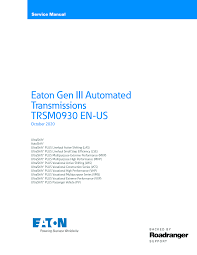

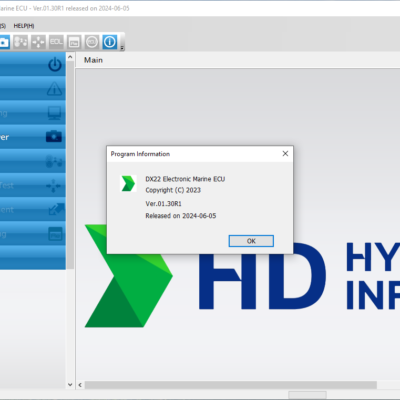





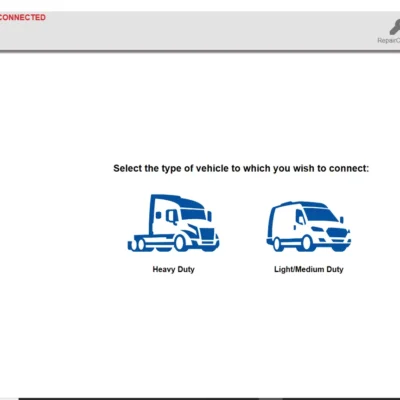
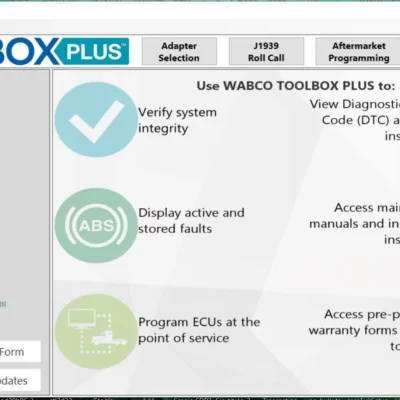
![The Doosan Diagnostic Tool DX22 Generator Engine 00.13 [2023.06] is essential for maintaining and diagnosing Doosan generators. It provides a comprehensive solution designed for efficiency and performance in heavy equipment. This tool enhances operational reliability by offering real-time monitoring and advanced diagnostic features. Its user-friendly interface simplifies troubleshooting, making it a valuable asset for technicians and maintenance teams in various industries.](https://ecmtrucks.com/wp-content/uploads/2024/08/3-400x400.png)

Reviews
Clear filtersThere are no reviews yet.